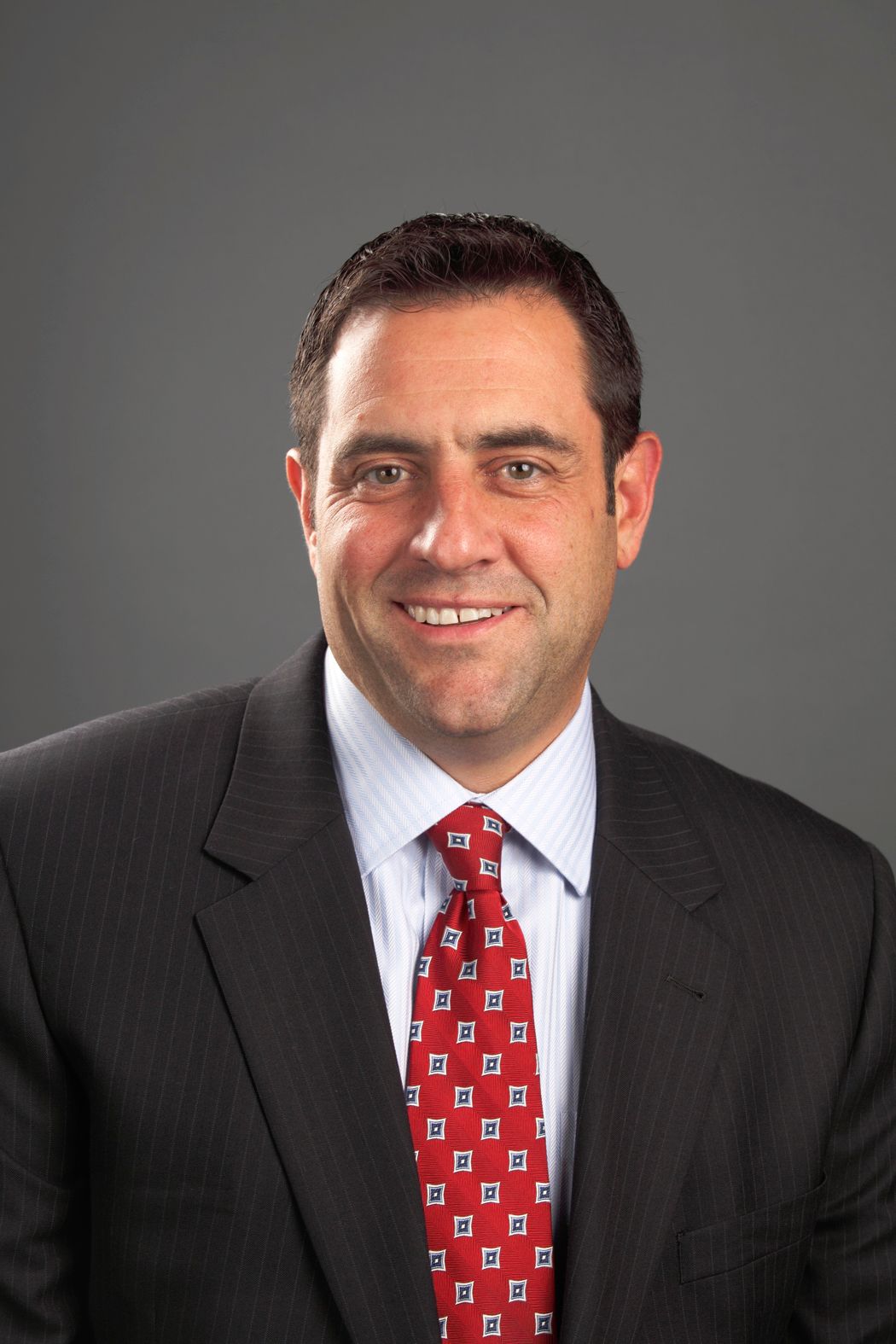- Safety & Recalls
- Regulatory Updates
- Drug Coverage
- COPD
- Cardiovascular
- Obstetrics-Gynecology & Women's Health
- Ophthalmology
- Clinical Pharmacology
- Pediatrics
- Urology
- Pharmacy
- Idiopathic Pulmonary Fibrosis
- Diabetes and Endocrinology
- Allergy, Immunology, and ENT
- Musculoskeletal/Rheumatology
- Respiratory
- Psychiatry and Behavioral Health
- Dermatology
- Oncology
[BLOG]: Use and abuse of opioids: FDA responds
In this blog post, David Calabrese RPh, MHP and Andrea Marks, MS discuss Catamaran's research on opioid abuse. Catamaran is concerned about opioid misuse and is moving forward with plans to combat opioid abuse.

Calabrese
It is estimated that over 2.1 million people in the United States suffer from substance abuse related to prescription opioid pain relievers, and the number of unintentional overdose deaths from prescription pain relievers has more than quadrupled in the US since 1999.1 Among drug overdose deaths, approximately 37% are reported to involve prescription opioids.2 In an effort to further control the growing epidemic of opioid abuse and risks of drug overdose, the Drug Enforcement Administration (DEA) mandated significant changes in the classification of specific prescription pain medications in 2014. These changes included the redesignation of tramadol ER (August 2014) from an uncontrolled agent to a schedule IV controlled drug requiring greater oversight and hydrocodone (October 2014) from a schedule III substance to a schedule II substance requiring prescribers to write a new prescription every 30 days and blocking authorization of automated refills.3
Related:FDA: Final guidance on evaluation, labeling of abuse-deterrent opioids

Marks
In 2014, prescription pain medications accounted for about $0.03 of every dollar of pharmacy spent based on Catamaran statistics. Although the costs within the opioid category are fairly well managed through active promotion of generic options, Catamaran’s clinical team remained concerned regarding misuse and abuse of narcotic agents. The team examined trend data reflective of August through December 2014 as well as data on market share shifts from the first quarter of 2015. With the DEA’s mandated changes, the organization was interested in determining whether these changes would in fact curb the use of prescription narcotic medications, specifically the newly designated schedule II drug, hydrocodone-containing products. Additionally, we wanted to determine whether such changes might simply drive a shift in utilization to other short- or long-acting narcotic pain medications.
Related: PCORI awards prision system $2M to study naltrexone benefit in opioid abuse
NEXT: Catamaran's findings show mandates have some, but not substantial, effect
What was found is that these mandates do appear to be having some effect, but initially not of a substantial nature. Catamaran’s findings showed a modest shift away from hydrocodone-containing products (~5.7% decrease in overall claim volume) to other narcotic agents that remained in the less-restrictive schedule III class, like acetaminophen/codeine. This was seen as a positive trend from a safety perspective, as these other agents are considered to have less potential for abuse. Those remaining on hydrocodone experienced an increase in the number of pills per prescription dispensed, at an average increase of 4 pills per script to compensate for the new limit of no refills. Although the overall percent of schedule II drugs, inclusive of hydrocodone, decreased by over 3%, there was a 1.5% increase in the use of oxycodone/APAP (acetaminophen) and oxycodone hydrochloride products, which are considered to be at least as, if not more, addictive than hydrocodone.
Related:Higher opioid doses link to increases in depression: Study
Our findings suggest that new attempts at controls on these narcotic medications are having a positive effect. It is clear, however, that even more aggressive monitoring and management through support of a pharmacy benefit manager can add further value in managing safety and costs. Implementing fraud, waste, and abuse programs and additional quantity limits and high-dollar prior authorization edits for prescription pain medications, coupled with aggressive education and intervention campaigns, can further control the risk of abuse and overdose while still ensuring that those who need pain management support are able to get the relief they need. On March 26, 2015, the US Health and Human Services Secretary, Sylvia Burwell, announced an initiative that targets the reduction of prescription opioid and heroin-related overdose, death, and dependence through additional legislation, data sharing, and funds to support aggressive prevention efforts in various states.4 The pursuit to drive further controls continues.
Mr Calabrese is vice president and chief pharmacy officer at Catamaran. Ms Marks is vice president and chief analytics officer at Catamaran.
References
National Institute on Drug Abuse. Prescription and over-the-counter medications. http://www.drugabuse.gov/publications/drugfacts/prescription-over-counter-medications. Accessed June 2, 2015.
Jones CM, Mack KA, Paulozzi LJ. Pharmaceutical overdose deaths, United States, 2010. JAMA. 2013;309(7):657–659.
ProHealth. New restrictions on painkillers: tramadol and hydrocodone. http://www.prohealth.com/library/showarticle.cfm?libid=19264. Accessed June 2, 2015.
National Institute on Drug Abuse. HHS announces actions to attack the opioid abuse crisis. http://www.drugabuse.gov/about-nida/noras-blog/2015/03/hhs-announces-actions-to-attack-opioid-abuse-crisis. Accessed June 2, 2015.
Payers Recognize the Benefits, but Still See Weight Loss Drugs through a Cost Lens
April 12th 2024Jeffrey Casberg, M.S., R.Ph., a senior vice president of clinical pharmacy at IPD Analytics LLC, a drug intelligence firm that advises payers and pharmaceutical companies, talks about how payers are thinking about weight-loss drugs.
